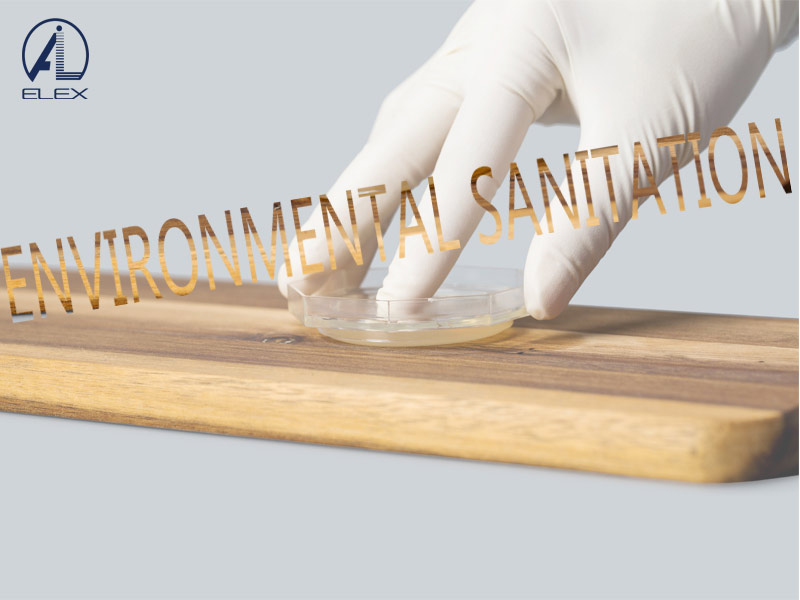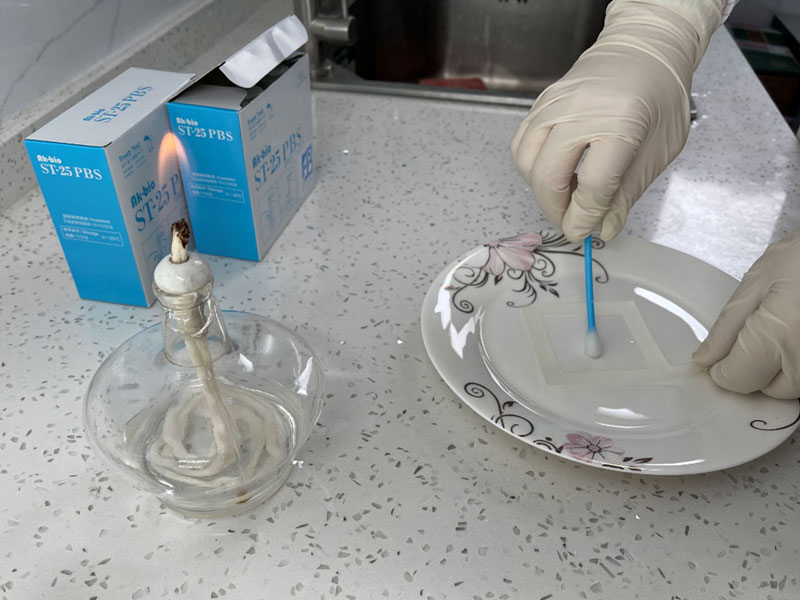Liquid media microbiology are liquid media for cultivating microorganisms or animal and plant cells. They have the advantage of being able to conduct aeration cultivation and shaking cultivation. Under static conditions, a barrier that hinders nutrient permeation forms around the microbial or cultured cells, impeding nutrient intake. However, under conditions of aeration or shaking, this barrier can be eliminated and the oxygen supply can be increased, which promotes cell growth and enhances production.
Compared to solid media, liquid media have significant advantages. Below is a comparison of the advantages of liquid media microbiology and solid media in the production of edible fungi.
Production Cycle
Liquid media microbiology can more quickly ensure the growth and development of edible fungi. In contrast, solid media have a longer cycle and slightly slower production speed.
Product Quality
Compared to solid media, liquid culture media can better regulate nutrient levels and environmental parameters, thus improving the quality of the product. Solid media, on the other hand, may be affected by external environmental factors leading to contamination and other issues.
Liquid media microbiology can provide fungi with adequate nutrients and moisture, which are crucial for fungal growth, reproduction, and the production of metabolic products. Compared to solid media, liquid media are more moist and nutrients are more easily absorbed and utilized by fungi. Liquid media also meet the demand for aeration, providing more oxygen for fungal metabolism. Besides, liquid media are easier to handle than solid media, making them advantageous for large-scale production and research.
Fungi have wide applications in fields such as food, medicine, and cosmetics, where liquid media microbiology are often used in fungal industrial production. Liquid media can provide sufficient nutrients and moisture, speeding up fungal growth and the production of metabolic products. In the production of fungal enzymes, antagonistic microorganisms, bioproducts, and other areas, liquid media play an irreplaceable role. Moreover, liquid media are convenient to handle, suitable for large-scale production and laboratory research, saving costs and improving production efficiency.
In summary, liquid media microbiology have significant advantages in fungal growth, reproduction, and the production of metabolic products, making them commonly used in industrial production and research of fungi. They can provide adequate nutrients and moisture, accelerate fungal growth and the production of metabolic products. Liquid media are convenient to handle, suitable for large-scale production, and have broad application prospects.
 A Tentative Study on the relevance of HACCP certification and infection control in hospital
A Tentative Study on the relevance of HACCP certification and infection control in hospital
 Environmental Sanitation Microbiology Testing
Environmental Sanitation Microbiology Testing
 Microbiology Test in Food Industry
Microbiology Test in Food Industry
 The Applicability of High-quality Ready-to-use Swab Sampler for Tableware Sampling and Public Places Supplies and Utensils Microorganisms
The Applicability of High-quality Ready-to-use Swab Sampler for Tableware Sampling and Public Places Supplies and Utensils Microorganisms
 Spike Experiment of DNP Culture Media Plate Based on Ice Cream
Spike Experiment of DNP Culture Media Plate Based on Ice Cream

